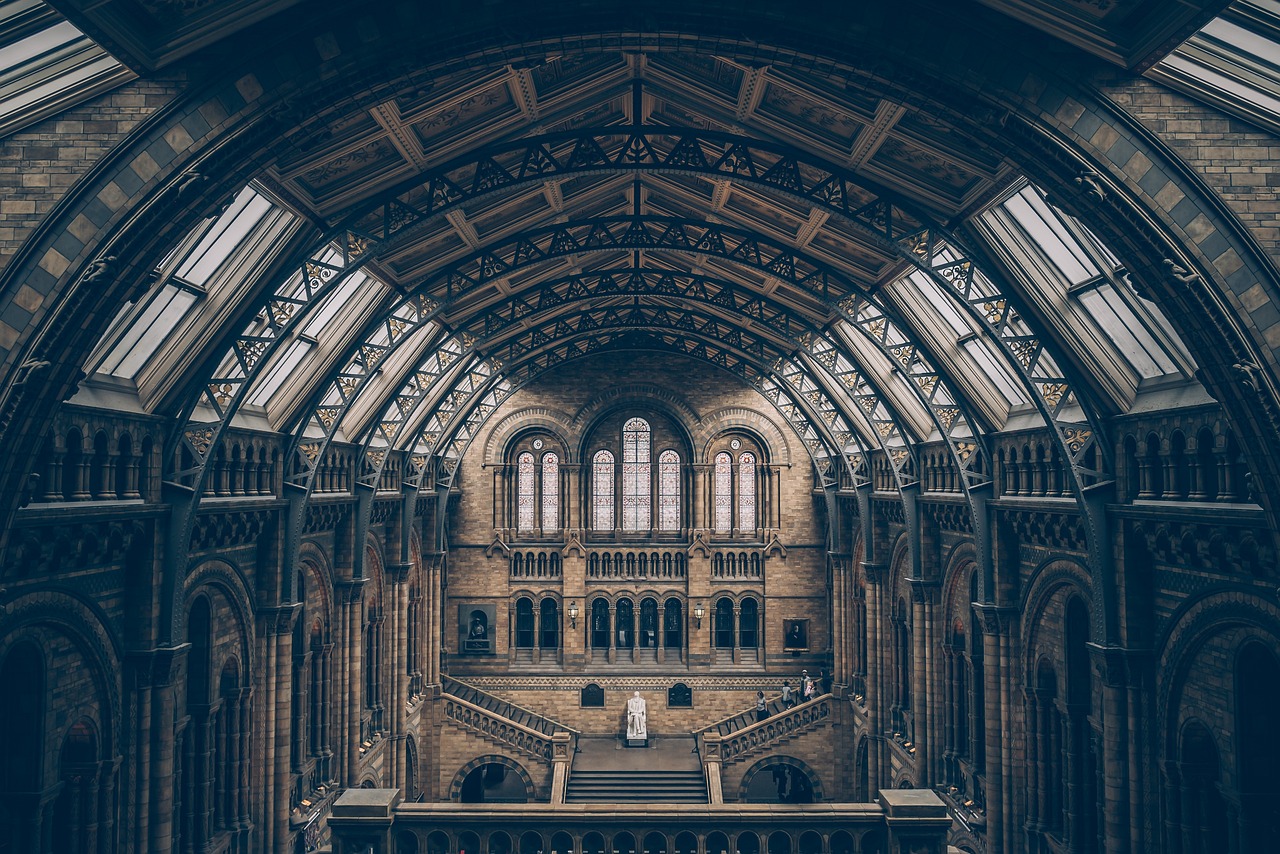In the world of architecture and building design, energy efficiency is more than just a buzzword; it’s a guiding principle. The quest for sustainable solutions that decrease our reliance on artificial heating and cooling systems and reduce overall energy consumption has never been more critical. Your design decisions can play a significant role in achieving these goals. By leveraging concepts such as passive heating, passive cooling, and natural ventilation, we can promote energy-efficient buildings and significantly reduce our carbon footprint.
The Power of Passive Design Strategies
To kick things off, let’s delve into the heart of passive design strategies. These methods tap into natural resources, like sunlight and wind, to maintain thermal comfort within a building. They’re all about working with nature, not against it. And they heavily rely on elements like building orientation, insulation, thermal mass, and window placement.
A lire en complément : How do mobile health apps influence patient empowerment and self-care?
Passive Solar Heating and Building Orientation
Passive solar heating is a simple yet effective design strategy that uses solar heat gain to warm a building. It’s all about harnessing the power of the sun to our advantage. The key to this approach lies in the strategic orientation of your building and the placement of windows.
A building designed for passive solar heating should have its longest axis running east-west, allowing the majority of windows to face either north or south. This orientation maximizes the solar heat gain from the low winter sun while minimizing it during the summer when the sun is higher in the sky.
Dans le meme genre : Is there a connection between green spaces and reduced stress in urban residents?
Moreover, it’s vital to consider the size and type of the windows. Larger windows should be placed on the sun-facing side of the building to allow for maximum solar heat gain. High-performance windows that are well-insulated and have low-emissivity coatings can further enhance the efficiency of passive solar heating.
Passive Cooling and Natural Ventilation
Passive cooling strategies, on the other hand, aim to keep a building cool without the need for energy-consuming cooling systems. Several methods can be employed, including natural ventilation, shading, and the use of reflective materials.
Natural ventilation is one of the most straightforward and effective passive cooling methods. It involves designing a building in such a way that it promotes airflow and harnesses the wind for cooling. This could include features like operable windows, vents, and wind towers. Good insulation is also crucial, not just for retaining heat in the winter but also for keeping heat out during the summer.
Meanwhile, shading can be achieved through building design or the use of vegetation. Strategic placement of trees, pergolas, or awnings can block out the sun’s rays and reduce heat gain. Similarly, using reflective materials on roofs and walls can deflect sunlight and help maintain a cooler indoor temperature.
The Role of Thermal Mass in Energy-Efficient Design
Another critical element in passive design strategies is the concept of thermal mass. This term refers to the ability of a material to absorb, store, and release heat, which can significantly supplement passive heating and cooling in a building.
Materials with high thermal mass, such as concrete, brick, and stone, can absorb heat during the day and slowly release it at night when temperatures drop. This can help maintain a steady and comfortable indoor temperature, reducing reliance on artificial heating and cooling systems.
However, to fully harness the potential of thermal mass, it needs to be located where it can absorb sunlight or lose heat to cooler outdoor air. For example, thermal mass that is exposed to direct sunlight can absorb heat during the day and release it at night. In contrast, thermal mass that is exposed to outdoor air can lose heat to the cooler night air, helping to cool the building.
From Design to Reality: Steps Towards Energy Efficiency
Having explored the key concepts and strategies behind energy-efficient design, it’s clear that architectural design can indeed promote passive heating and cooling. However, implementing these strategies requires careful planning and thoughtful design decisions.
The first step lies in understanding the local climate and weather patterns. This knowledge can guide the building orientation, the choice of materials (for their thermal mass properties), and the methods for passive heating and cooling.
Next, it’s all about incorporating these principles into the design. For instance, optimizing the placement and size of windows, the orientation and layout of the building, the use of shading and ventilation features, and the selection of materials with high thermal mass.
Last but not least, it’s vital to ensure the building is well-insulated. Insulation works hand-in-hand with passive design strategies, enhancing the effectiveness of passive heating and cooling and reducing overall energy consumption.
In conclusion, we can affirm that architectural design can significantly promote energy-efficient passive heating and cooling. It’s all about embracing a holistic approach that factors in the building’s orientation, the choice of materials, the incorporation of passive solar design strategies, and the use of natural ventilation. By doing so, we’re not only creating more sustainable buildings but also stepping towards a more sustainable world.




































